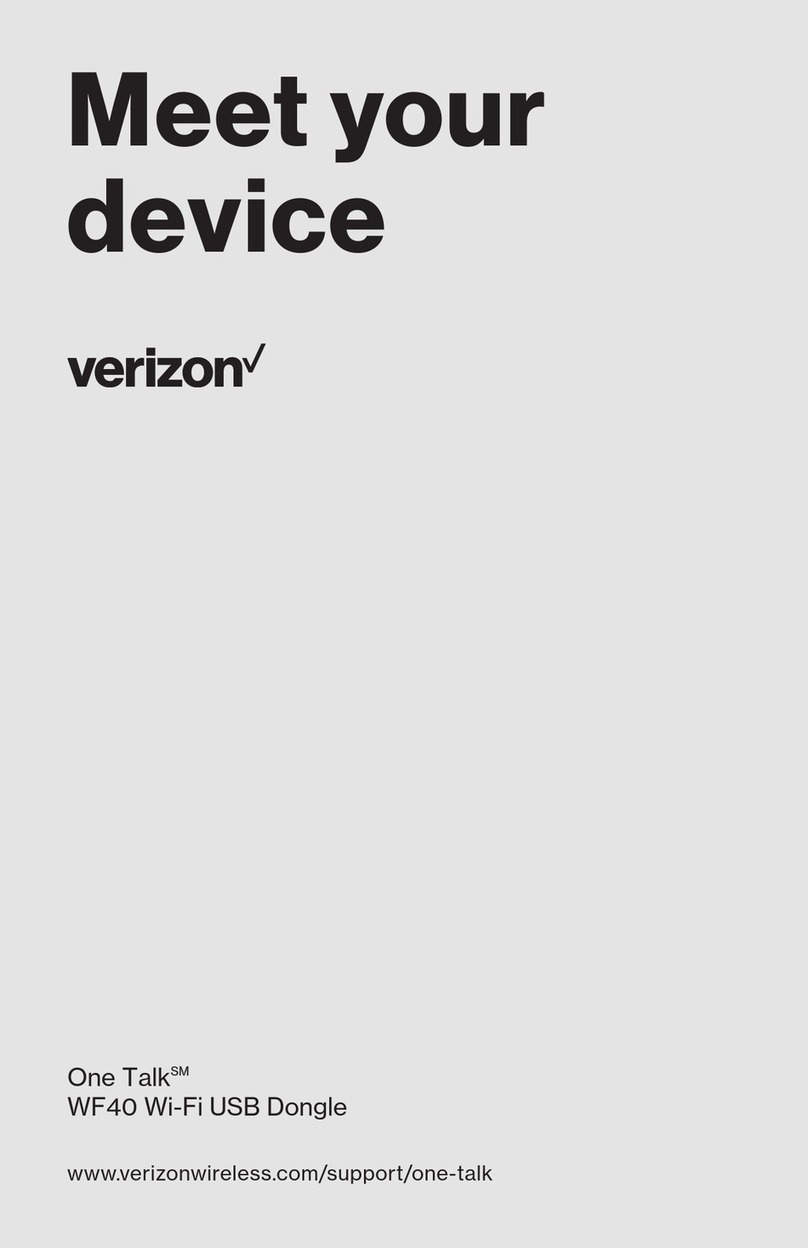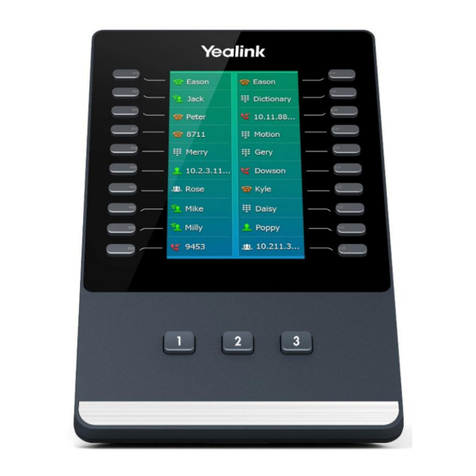While operating a vehicle
oThe driver or operator of any vehicle should not operate a wireless data device while in control of
a vehicle. Doing so will detract from the driver or operator's control and operation of that
vehicle. In some countries, operating such communications devices while in control of a vehicle
is an offense.
Limitation of liability
The information contained in this document is subject to change without notice and should not be
construed as a commitment by Verizon Wireless Inc.
Copyright
©2009 Verizon Wireless, Inc.
Patents and licenses
Licensed by QUALCOMM Incorporated under one or more of the following Patents:
4,901,307 5,490,165 5,056,109 5,504,773 5,101,501
5,506,865 5,109,390 5,511,073 5,228,054 5,535,239
5,267,261 5,544,196 5,267,262 5,568,483 5,337,338
5,600,754 5,414,796 5,657,420 5,416,797 5,659,569
5,710,784 5,778,338
Software Drivers License
Proprietary Rights Provisions:
The software drivers provided with this product are copyrighted by Verizon Wireless and/or Verizon Wireless’
suppliers. And although copyrighted, the software drivers are unpublished and embody valuable trade
secrets proprietary to Verizon Wireless and/or Verizon Wireless’ suppliers. The disassembly, decompilation,
and/or Reverse Engineering of the software drivers for any purpose is strictly prohibited by international law.
The copying of the software drivers, except for a reasonable number of back-up copies is strictly prohibited
by international law. It is forbidden by international law to provide access to the software drivers to any
person for any purpose other than processing the internal data for the intended use of the software drivers.
U.S. Government Restricted Rights Clause:
The software drivers are classified as "Commercial Computing device Software" and the U.S. Government is
acquiring only "Restricted Rights" in the software drivers and their Documentation.
U.S. Government Export Administration Act Compliance Clause:
It is forbidden by US law to export, license or otherwise transfer the software drivers or Derivative Works to
any country where such transfer is prohibited by the United States Export Administration Act, or any
successor legislation, or in violation of the laws of any other country.





























